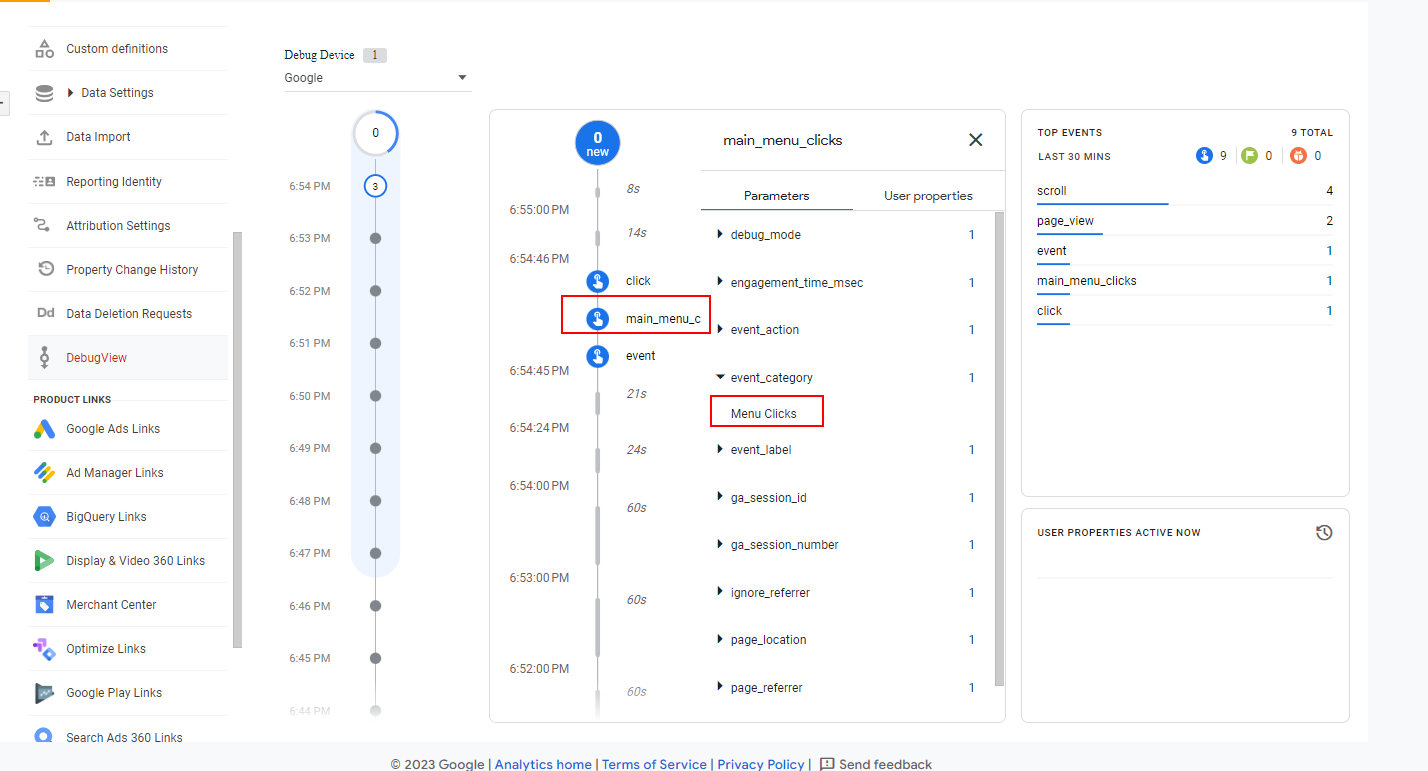A Biased View of Google Analytics Event Tracking
Table of ContentsHow Google Analytics Event Tracking can Save You Time, Stress, and Money.3 Simple Techniques For Google Analytics Event TrackingHow Google Analytics Event Tracking can Save You Time, Stress, and Money.The Best Guide To Google Analytics Event TrackingThe Buzz on Google Analytics Event TrackingThe Ultimate Guide To Google Analytics Event Tracking

If you're going to establish occasion monitoring manually, after that you're mosting likely to have to include some additional code to the components you wish to gather information from. The code you're going to deal with will certainly look something similar to this: There are four components within that code fragment that you're mosting likely to require to define on your own: event, Group, occasion, Action, occasion, Tag and event, Value.
As you can see, two of these are required (group and action) while tag and worth are optional. It all relies on the type of details you desire passed on back to Google Analytics when a customer clicks on the defined aspect (Google Analytics Event Tracking). It will certainly be a lot easier to specify these components if you evaluate your web site and determine which elements/actions you wish to track
The Buzz on Google Analytics Event Tracking
Now, you'll be asked to specify the and and you'll intend to choose from the drop-down food selection that appears when you click on. This will certainly bring up the very same event monitoring elements we took a look at earlier, which you'll need to load out. When you've defined these, you can relocate down to the second box and select the trigger that will certainly fire your tag.
On the next screen, you'll additionally have an area for naming your trigger and, if you click package, you'll see a listing of the different triggers you can select. In this situation, we desire to choose and afterwards choose the alternative below. You'll establish the trigger to just terminate when a component is clicked with an URL that contains the.
Every internet site talks. Before information analytics, we could not listen to the voices of our sites. But how do you recognize what your web site is stating? Easy - Event tracking! Occasion monitoring offers you a picture of just how individuals involve with your internet site and organization (Google Analytics Event Tracking). Do you need to know even more? Then, continue reading as we discover whatever you discover this info here need to understand, including what it is, why you need to track events, just how to manage events information, and other relevant Frequently asked questions you might have.
The Google Analytics Event Tracking Statements
You can switch in between your event categories, actions, and labels in the Top Occasions report. This report is important for excavating additionally into research on a specific occasion classification. The Occasion Pages record presents the pages where events are caused. In this section, we can examine the top web pages that drive events.
It reveals you the course they take as they move from one occasion to the next and helps you to identify which web content engages your i thought about this audience one of the most. Events in Google Analytics have four primary elements. They are likewise a part of the occasion tracking code. Google Analytics utilizes these codes to track customer interactions and group them right into occasion records.
After that, choose "Variables" > "Configure". A listing of the specifications you can track on your website gets on the right. Under Clicks, Forms, and Video clips, double-check each specification. After inspecting all required fields, you can click "X" to shut the window and return to the Introduction food selection on the.
Things about Google Analytics Event Tracking

If you haven't done so, you might need to set up a variable in the view it now Google Analytics Setups box. After this, enter your GA tracking ID in the Tracking ID field.
Your ID will get on top of the display. To do this, comply with the next collection of actions: After setting up the fields, choose the "Triggering" area. When configuring your brand-new trigger, click the "+" switch, after that the "pencil" button, after that select your trigger type. Label your trigger and define the problems that lead to activate shooting.
An Unbiased View of Google Analytics Event Tracking

When it comes to understanding which sections and aspects are assisting customers with your conversion funnel, you still will not recognize. Without occasion tracking, GA reports will only count check outs as single-page sessions, also if individuals invest a whole lot of time on one page and involve with it dramatically (and a bounce).
However how does event monitoring achieve this?Single-page sessions called bounces start and end on the exact same page. Without event monitoring, GA will certainly identify a customer's browse through as a bounce if they do not browse to one more page, despite exactly how they interact with it. A video-rich web page can have a greater bounce rate if occasions are not tracked.
10 Easy Facts About Google Analytics Event Tracking Explained
For GA to take occasion hits right into account when gauging bounce prices, you should choose "Non-interaction event" as "False" during the GTM setup. Establishing "event goals" with occasion action is an outstanding means to monitor user tasks you value highly, such as brand-new lead entries or click a phone call to activity.